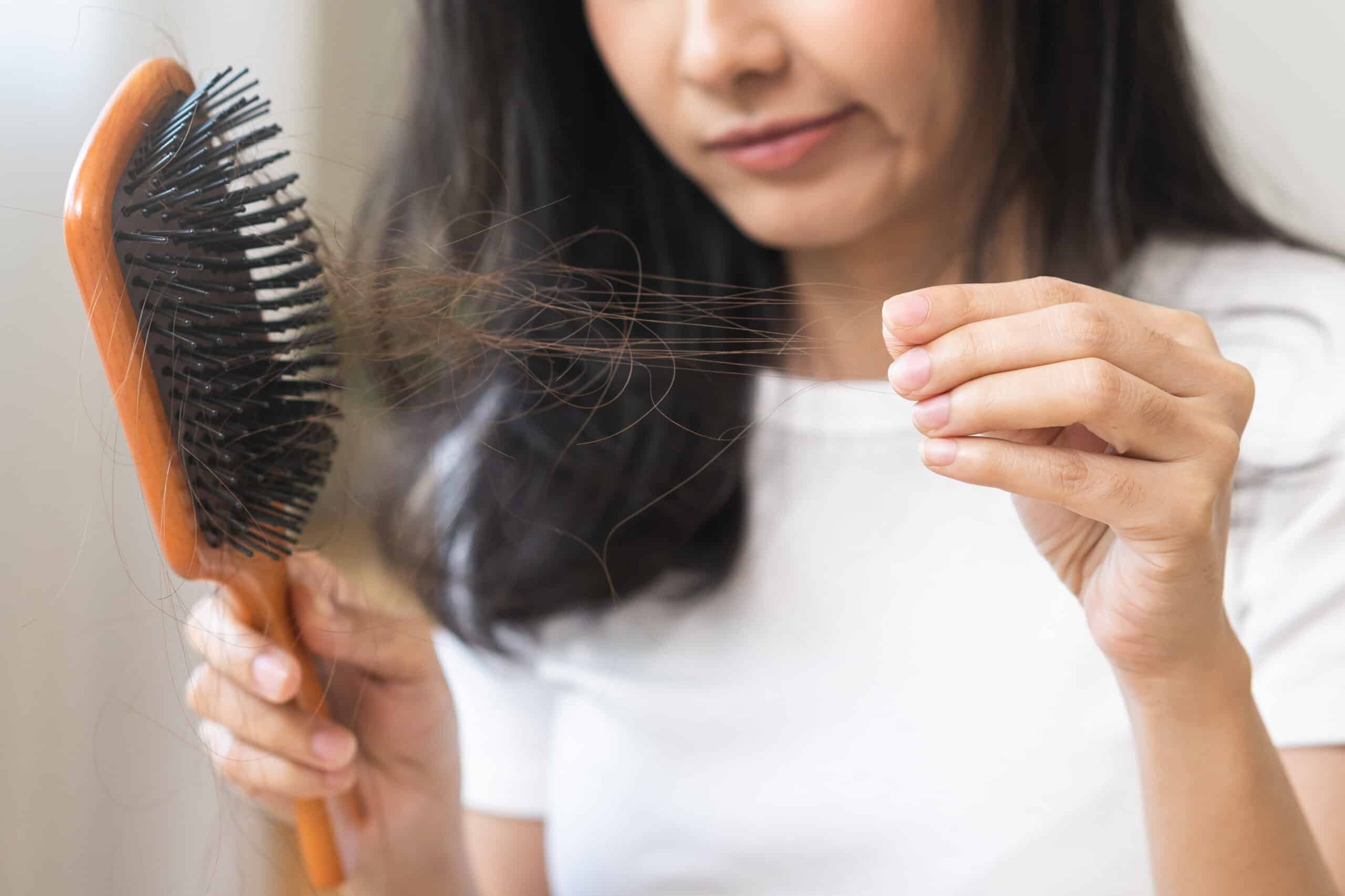With over 80% of men and women experiencing some degree of hair loss over the course of their lifetime, hair loss is a widespread concern. And it isn’t just an issue affecting men—many women today are also dealing with thinning hair and excessive shedding. Fortunately, shops selling custom wigs in Miami can provide hair loss sufferers with a natural- and realistic-looking solution to help them regain their confidence and lead healthy, happy lives.
While some hair loss may be temporary and nothing to worry about for certain individuals, for others, it can be a symptom of a medical condition, an imbalance in hormones, or a direct consequence of certain medications:
Medical hair loss
From diabetes and anemia to lupus and problems with the thyroid, a range of medical conditions can cause both men and women to lose their hair. Nutritional deficiencies may also be to blame.
Hormonal imbalance
This is a very common cause of hair shedding in men and women and can happen at any age. From polycystic ovary syndrome to stopping or starting contraceptive pills for women to increased androgen levels in men, hormonal imbalances can cause excessive hair loss.
Medical Treatments
Some medical treatments can disrupt the natural hair growth cycle and lead to hair loss. This side effect typically appears in one of two forms:
1. Telogen effluvium
This condition can be triggered by medications such as beta-adrenergic blockers and blood thinners, causing hair to enter or remain in the resting phase. In some cases, it may even lead to permanent hair loss.
2. Anagen effluvium
Affecting patients who are being treated for cancer with chemotherapy, hair loss takes place while the hair is actively growing, as the body’s matrix cells responsible for hair production are inhibited by the drugs.
Alopecia
From hay fever and thyroid disease to asthma and Down syndrome, certain conditions can trigger alopecia, which occurs in small or large patches.
Pregnancy
Declining estrogen levels in women who have just given birth can also cause hair loss.
Seasonal hair loss and medical hair loss: the differences
For many people, it’s not uncommon to experience some degree of hair thinning as the seasons change into autumn and winter, and this isn’t usually of huge concern, nor is it visible to others. But if you start losing more than 100 hairs a day, it could indicate a more serious problem.
If you’re worried about the amount of hair you’re losing, try to keep a regular check of your parting or any areas where your hair is sectioned; if these have begun to look wider, your hair loss may need medical attention.
For men, hair loss at the temple or crown could be a sign of Male Androgenic Alopecia (MAGA): a condition that’s permanent. Shedding hair on specific scalp areas for women may be a sign of Female Androgenic Alopecia (FAGA) or female-pattern hair loss. For either of these conditions, scheduling a consultation with a hair care specialist or dermatologist is the best way forward, and they may suggest therapies or hair treatments that can help you, such as using hair thickening products, incorporating deep conditioning, taking supplements, or improving your diet.
While wearing human hair wigs in Miami can help restore confidence after hair loss, it won’t address the underlying cause.
Hair loss is common and often temporary, but excessive hair loss warrants a trip to a medical professional, who will diagnose your condition and help you deal with it.






